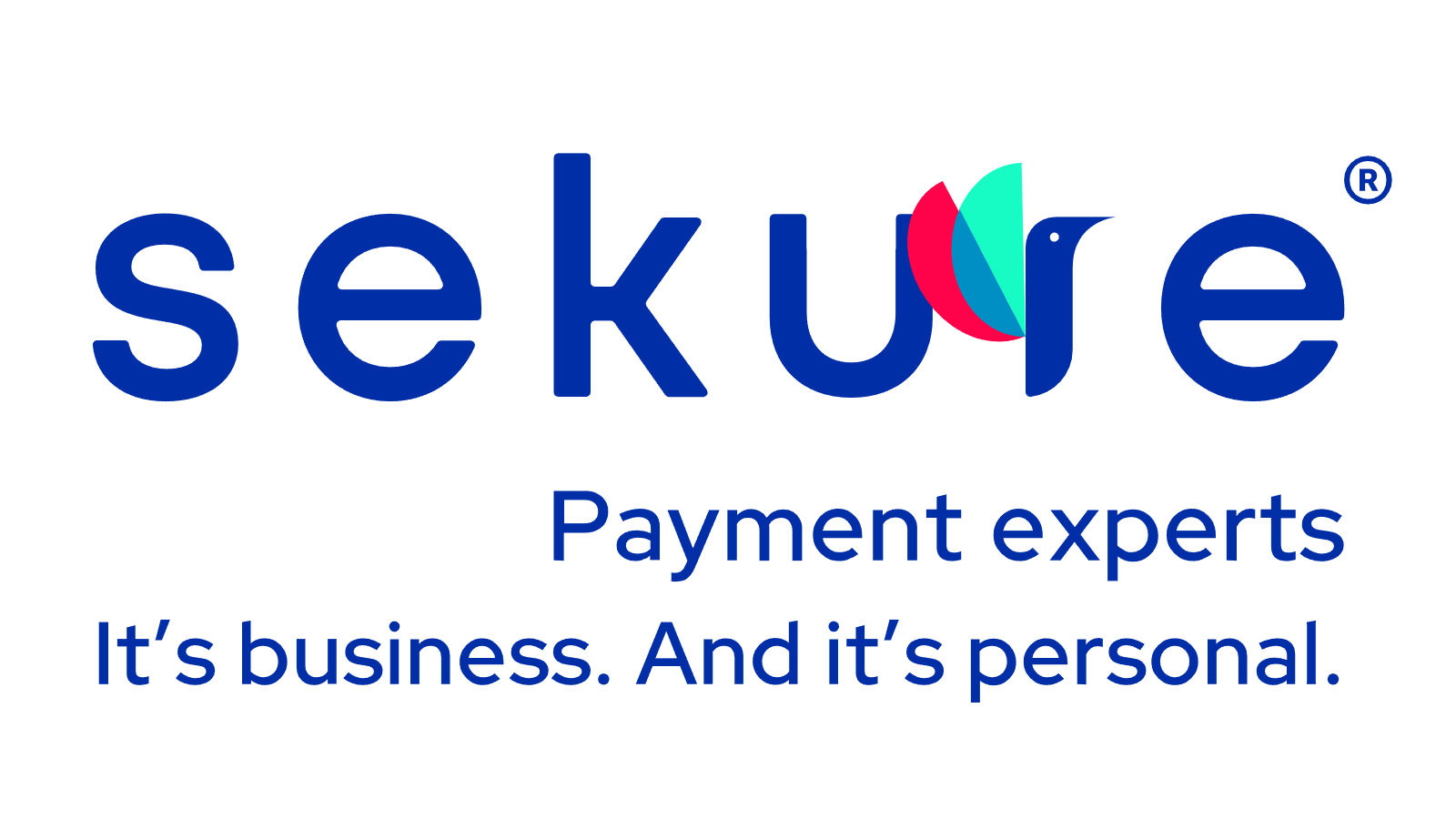In the digital age, your online reputation is more crucial than ever. It not only shapes how potential customers perceive your brand but also influences their purchasing decisions and overall trust in your business. If you're a business owner looking to build a strong brand, you're in the right place!
In this blog post, we'll walk you through key strategies to enhance and protect your online reputation—from getting five-star reviews to monitoring what’s being said about your business across various platforms. By understanding the ins and outs of reputation management and taking a proactive approach, you’ll boost your credibility and stand out in today’s competitive market.
Understanding online reputation management
Online Reputation Management (ORM) involves monitoring, influencing, and maintaining a business’s online presence. In today’s fast-paced digital world, where information spreads rapidly, a positive online reputation is essential. It can significantly impact personal relationships and business success, as potential customers often rely on online reviews and social media impressions before making decisions.
Several components influence online reputation, such as customer reviews, social media activity, blog content, and search engine results. Engaging with customers and responding promptly to their feedback can greatly enhance a reputation, while negative comments or misinformation can harm it. Regularly assessing and managing these elements helps ensure that your online narrative aligns with your desired image.
The importance of your online reputation
Your online reputation is a pivotal factor that influences consumer trust and purchasing decisions. In today’s digital landscape, potential customers often conduct thorough research on a brand before making a purchase. They read reviews, assess social media presence, and evaluate the overall sentiment towards a company. A positive online reputation can lead to higher conversion rates, whereas a negative one can deter customers from engaging with your business.

Repercussions of a negative online reputation
Negative reviews or disparaging comments can rapidly spread across social media platforms, damaging your brand’s image and leading to lost sales. In extreme cases, a poor reputation can cause long-term damage, making recovery challenging for businesses. Brands that neglect negative feedback may struggle to maintain their market position, as trust is crucial for customer retention.
Reputation and customer loyalty go hand in hand
Your online reputation plays a vital role in brand loyalty and retention. Customers who have positive experiences are more likely to return and recommend your brand to others. They feel connected to brands that value transparency and actively engage with their audience. Maintaining a strong online reputation fosters trust and encourages repeat business, ultimately contributing to sustained growth and success.
Strategies to monitor your online reputation
Effectively managing your online reputation starts with monitoring what people are saying about your business. There are several tools and techniques that can help you stay informed and respond promptly. One of the simplest ways is to set up Google Alerts—a free tool that notifies you whenever your business name or relevant keywords are mentioned online. This allows you to act quickly, whether it’s to thank someone for a positive comment or address a concern.
Beyond Google Alerts, social media monitoring is essential. Platforms like Facebook, Instagram, and X (formerly Twitter) offer real-time feedback from customers.
To keep your online presence sharp, schedule regular audits of your website, social media profiles, and reviews on platforms like Yelp and Google Business Profile. This helps you identify patterns, respond to feedback, and continuously improve your customer experience. These strategies are often recommended by top online reputation management companies—and for good reason. Staying proactive helps you protect your brand image and foster trust.
Want to take it a step further? Keep an eye on your competitors. By tracking their reviews and ratings, you can uncover valuable insights and opportunities to improve your own business.
Simplify the process with Payments Hub reputation management tool
To make reputation management even easier, consider using a Payments Hub reputation management tool. It’s not just a payment processing platform—it also helps you monitor your reviews in real time and respond directly from your dashboard. You can even delegate this task to staff or supervisors by setting up notifications when new reviews are posted, so nothing slips through the cracks. Payments Hub makes monitoring your competition easy too—it puts competitor data right at your fingertips so you can see how you stack up and where you can stand out.
Steps to improve and protect your online reputation
Maintaining a positive online reputation is essential for attracting and retaining customers. Here’s a step-by-step guide to help you build trust, increase visibility, and handle feedback like a pro.
Step 1: Deliver outstanding customer service
- Happy customers = great reviews: A positive experience makes customers more likely to leave five-star reviews and refer your business to others.
- Make buying easy: Offer multiple payment options, including POS systems that accept credit cards and digital wallets.
- Stay responsive: Quickly reply to customer inquiries and solve problems before they escalate.
Step 2: Ask for reviews the smart way
- Send follow-up emails after a purchase asking customers to leave a review.
- Include direct links to your review pages (like Google, Yelp, or your website) when sending communication to your customers.
- Incentivize when appropriate. Offer a discount or freebie for leaving honest feedback.
Step 3: Respond thoughtfully to every review
- Acknowledge positive reviews with gratitude—it reinforces good behavior and builds loyalty.
- Handle negative reviews professionally:
- Respond promptly and empathetically.
- Apologize when necessary and offer a solution.
- If needed, take the conversation offline to resolve the issue privately.
Step 4: Create positive, brand-boosting content
- Publish blogs, testimonials, and success stories to flood your online presence with positive messaging.
- Showcase your expertise by posting helpful content tailored to your audience.
- Highlight real customer experiences to build authenticity and trust.
Step 5: Engage actively on social media
- Start conversations, share updates, and reply to comments.
- Use platforms like Facebook and Instagram to build relationships and showcase your brand personality.
- Stay visible and approachable. Engagement helps reduce the impact of occasional negative feedback.
Step 6: Use the right tools
- Set up Google Alerts to get notified whenever your business is mentioned online.
- Use tools like Hootsuite, Mention, or Payments Hub Reputation Management to monitor reviews and social sentiment in real-time.
- Delegate review monitoring to your team so nothing falls through the cracks.
- Track competitors' reviews to identify ways you can stand out.
Your online reputation is in your hands
Building and maintaining a strong online reputation doesn’t have to be complicated—it starts with excellent customer service and ends with consistent follow-through. From creating a seamless customer experience to actively requesting and responding to reviews, every step plays a role in how your business is perceived online.
With the right tools, like Payments Hub’s reputation management features, you’ll be better equipped to monitor feedback, boost your credibility, and grow your business. Remember, your reputation isn’t built overnight—but with a little effort and the right support, it can take your business to the next level.
If you’d like to explore the reputation management tool, speak to one of our Payment Experts today.
Already using payments hub?
We’ve got you covered! If you’re already using Payments Hub, check out our support articles to help you get the most out of your account:
- How to set up bulk invoicing →
- How to set up your Payanywhere account →
- How to find your merchant statements on Payments Hub →
- How to access transaction, customer, and sales reports →
Need help navigating any of these features? Our Payment Experts are always here to assist you.
Get supportCategories

